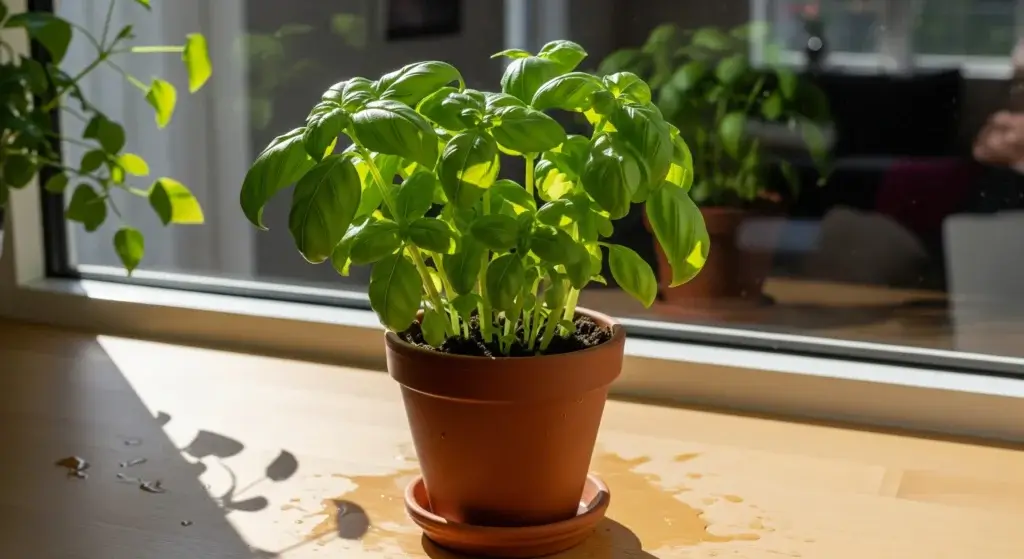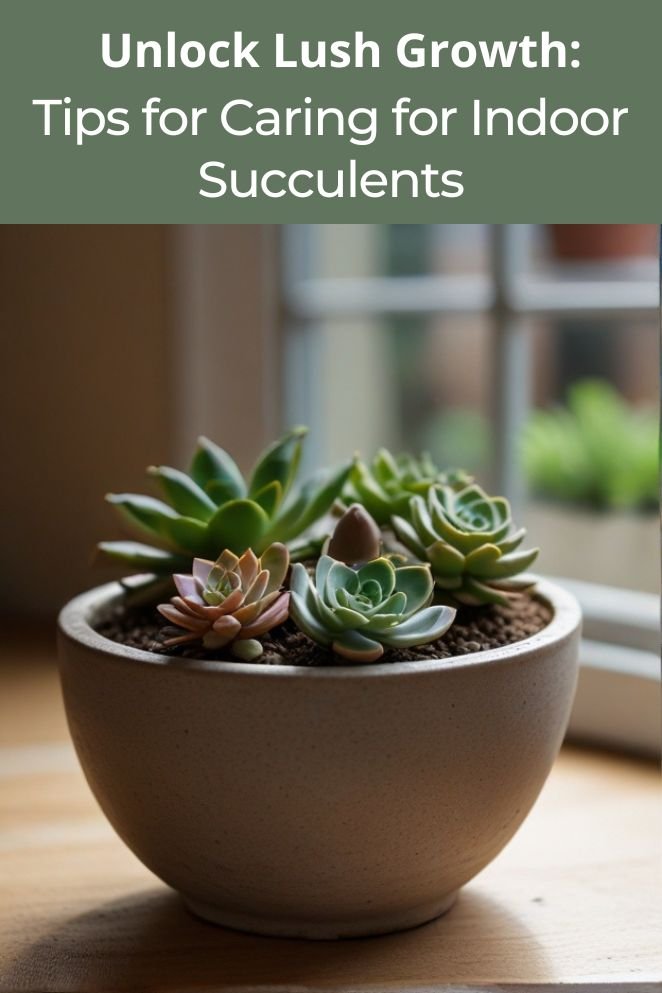
Succulents have become increasingly popular as indoor plants due to their low-maintenance requirements and unique aesthetic appeal.
However, succulents still require proper care to thrive.
This article will delve into the essential aspects of caring for succulents indoors, including understanding their needs, creating the perfect succulent oasis, and taking your succulent care to the next level.
Understanding Succulent Needs
Light
Light is like food for succulents.
They thrive on bright, indirect sunlight, which is like the perfect balance of warmth and glow for their growth.
Direct sunlight, on the other hand, can be too harsh, like a spotlight burning their delicate leaves.
It’s crucial to find the right spot for your succulents where they can bask in the gentle rays without getting scorched.
Depending on the type of succulent, their ideal light needs may vary slightly, but as a rule of thumb, aim for 4-6 hours of indirect sunlight per day.
- Read also: Sculpting Elegance: A Guide to Desert Rose Plant Pruning
- Read also: The Essential Guide to Thriving Spider Plant Care Indoors
Water
Watering succulents is often misunderstood, leading to well-meaning but harmful overwatering.
Succulents are like the camels of the plant world – they store water in their leaves, but they don’t like their feet to stay wet for too long.
It’s important to water them sparingly, allowing the soil to dry out completely between waterings.
In the warmer months of spring and summer, a weekly watering session is usually sufficient.
However, as temperatures drop in fall and winter, their water needs decrease, so watering every 4-6 weeks should suffice.
Soil
Succulents are picky about their soil – they like it well-draining and airy, akin to a fluffy pillow for their roots to rest on.
To achieve this, you can concoct your own succulent mix using ingredients like perlite, vermiculite, and sand.
Think of it as creating the perfect recipe for their habitat, ensuring water flows through easily and doesn’t get trapped around their roots.
If mixing your own soil sounds too daunting, you can always opt for a ready-made commercial succulent potting mix, like buying a pre-assembled puzzle that fits just right.
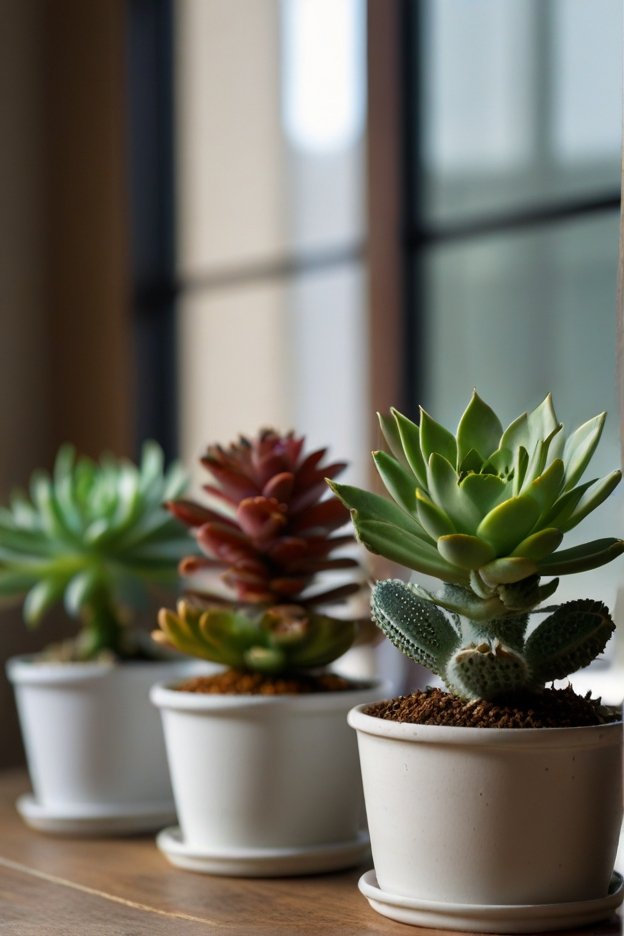
Creating the Perfect Succulent Oasis
Creating the perfect succulent oasis involves thoughtful consideration of various factors, from pot selection to placement and grouping techniques.
Let’s delve into the details:
Choosing the right pot
The first step in creating your succulent oasis is selecting the perfect pot.
Terracotta pots are a popular choice among succulent enthusiasts for several reasons.
Their porous nature allows for excellent airflow to the roots, promoting healthy growth.
Additionally, terracotta pots have a timeless aesthetic appeal that complements the natural beauty of succulents.
When choosing a pot, ensure it has proper drainage holes at the bottom to prevent water from pooling and causing root rot.
Placement
Once you have the pots ready, it’s time to find the ideal spot for your succulents to thrive.
Different types of succulents have varying light requirements, so it’s essential to understand the needs of each plant.
For succulents that crave direct sunlight, such as cacti, placing them near a south-facing window will provide ample sunlight throughout the day.
On the other hand, succulents that prefer indirect sunlight, like Haworthias, thrive in east-facing windows where they can enjoy the gentle morning sun without the risk of scorching.
Grouping succulents
Grouping succulents together not only creates a stunning visual display but also offers practical benefits.
When arranging your succulents, consider factors such as size, shape, and color to create a harmonious arrangement.
Mixing different varieties of succulents can add interest and texture to your oasis.
Additionally, some succulents, like aloe vera and agave, make excellent companion plants due to their striking appearance and compatibility with other succulent species.

Keeping Your Succulents Happy
Ensuring the happiness of your succulents involves careful attention to various aspects of their care, including temperature management, fertilization practices, and pest control.
Let’s explore each of these in detail:
Temperature
Succulents thrive in moderate temperatures, ideally between 65°F and 75°F (18°C and 24°C).
It’s essential to protect them from extreme temperatures, so avoid placing them near heating or cooling vents, fireplaces, or drafty windows that can subject them to temperature fluctuations.
Just like us, succulents prefer a comfortable environment where they can flourish without being too hot or too cold.
Fertilization
Fertilizing your succulents during the growing season, which typically spans spring and summer, is key to promoting healthy growth.
Choose a balanced, water-soluble fertilizer specifically formulated for succulents.
To prevent the risk of over-fertilizing and burning the delicate roots, dilute the fertilizer to half the recommended strength before application.
Think of it as giving your succulents a nutritious meal to fuel their growth and vitality during their active phase.
Common pests and diseases
Keeping an eye out for pests and diseases is crucial for maintaining the health of your succulents.
Common pests that can wreak havoc on succulents include mealybugs, spider mites, and scale insects.
These tiny invaders can quickly multiply and cause damage if left unchecked.
Fortunately, there are organic solutions available to combat them.
Neem oil and insecticidal soap are effective remedies that can help eradicate pests while being gentle on your plants.
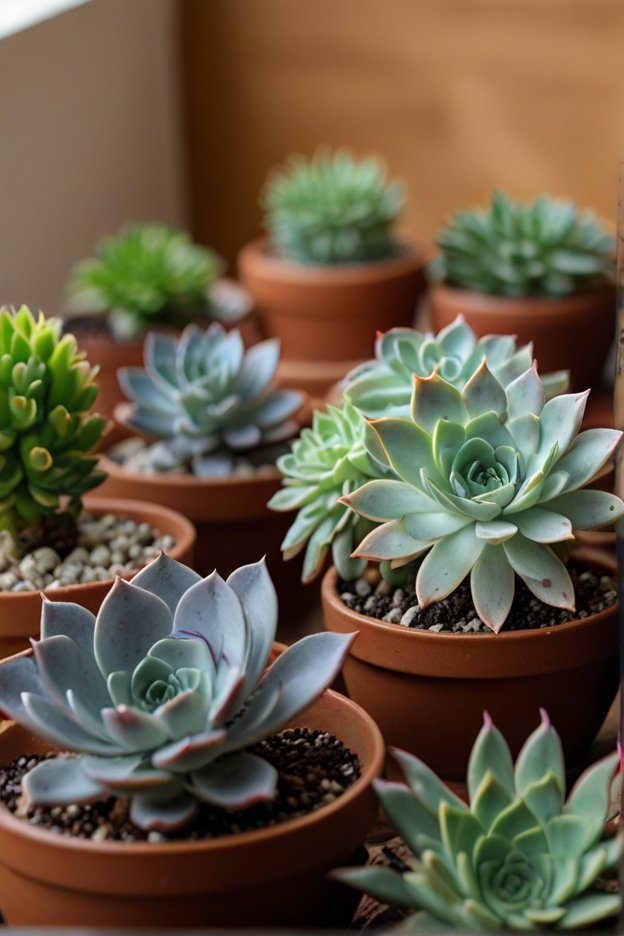
Taking Your Succulent Care to the Next Level
Elevating your succulent care to the next level involves mastering advanced techniques such as propagation, repotting, and identifying different succulent varieties.
Let’s delve into each of these aspects in detail:
Propagation
Propagating succulents allows you to multiply your collection and share the joy of growing these fascinating plants.
There are several propagation methods to choose from, including leaf, stem cuttings, and offsets.
Leaf cuttings are the most common and straightforward method.
Simply remove a healthy leaf from the mother plant, ensuring it’s intact and without damage.
Allow the leaf to dry for a few days until a callus forms at the cut end before planting it in well-draining soil.
Repotting
Repotting your succulents is essential for their continued growth and well-being.
It’s recommended to repot them every 1-3 years to refresh the soil and provide more space for root expansion.
When repotting, choose a pot that is only slightly larger than the previous one to prevent the soil from retaining excess moisture, which can lead to root rot.
Carefully remove the succulent from its current pot, gently loosen the roots, and place it in the new pot with fresh, well-draining soil.
Identifying succulent varieties
Familiarizing yourself with common succulent varieties opens up a world of possibilities for your succulent care journey.
Species like aloe vera, agave, and echeveria are popular choices among enthusiasts due to their striking appearance and diverse characteristics.
Take the time to research each variety, learning about their specific needs, growth habits, and unique features.
This knowledge empowers you to provide tailored care for each succulent in your collection, ensuring they thrive and flourish to their full potential.
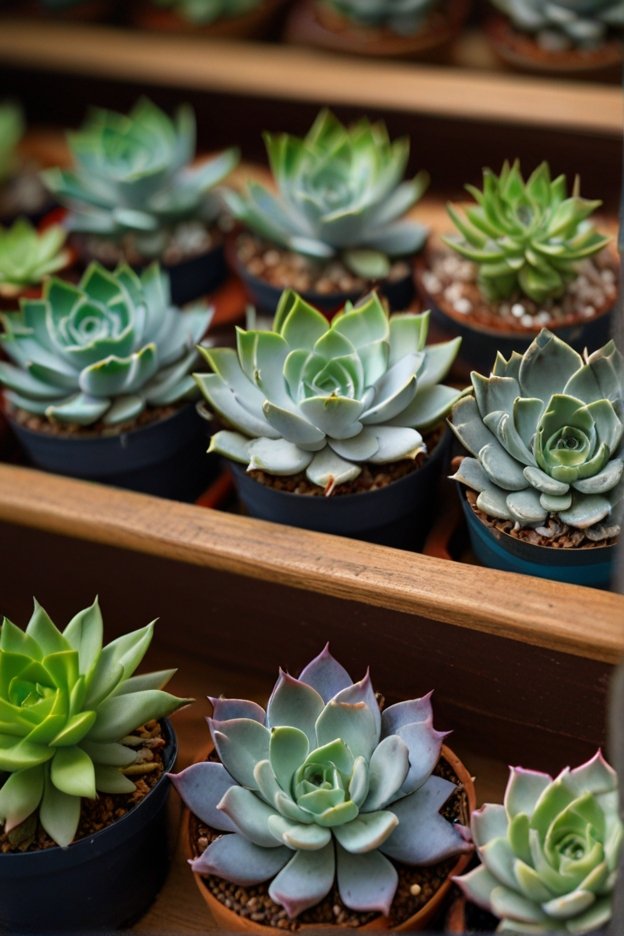
- Read also: A Guide on How to Care for Snake Plants Outdoors
- Read also: Perfect Nourishment: Exploring the Best Bougainvillea Fertilizers
Conclusion
Caring for succulents indoors requires attention to their specific needs, including light, water, soil, and temperature.
By understanding these needs and creating the perfect succulent oasis, you can keep your succulents happy and thriving.
Remember to fertilize, monitor for pests and diseases, and propagate your succulents to keep them healthy and thriving.
FAQs
Water your succulents when the soil is dry to the touch, usually once a week during spring and summer, and once every 4-6 weeks during fall and winter.
Use a well-draining soil mix specifically designed for succulents, or create your own mix using perlite, vermiculite, and sand.
Succulents require bright, indirect light for 4-6 hours per day.
Fertilize your succulents during the growing season (spring and summer) using a balanced, water-soluble fertilizer, diluted to half the recommended strength.
Succulents can be propagated through leaf, stem cuttings, or offsets. Leaf cuttings are the most common method, involving removing a leaf from the mother plant and allowing it to dry for a few days before planting.



